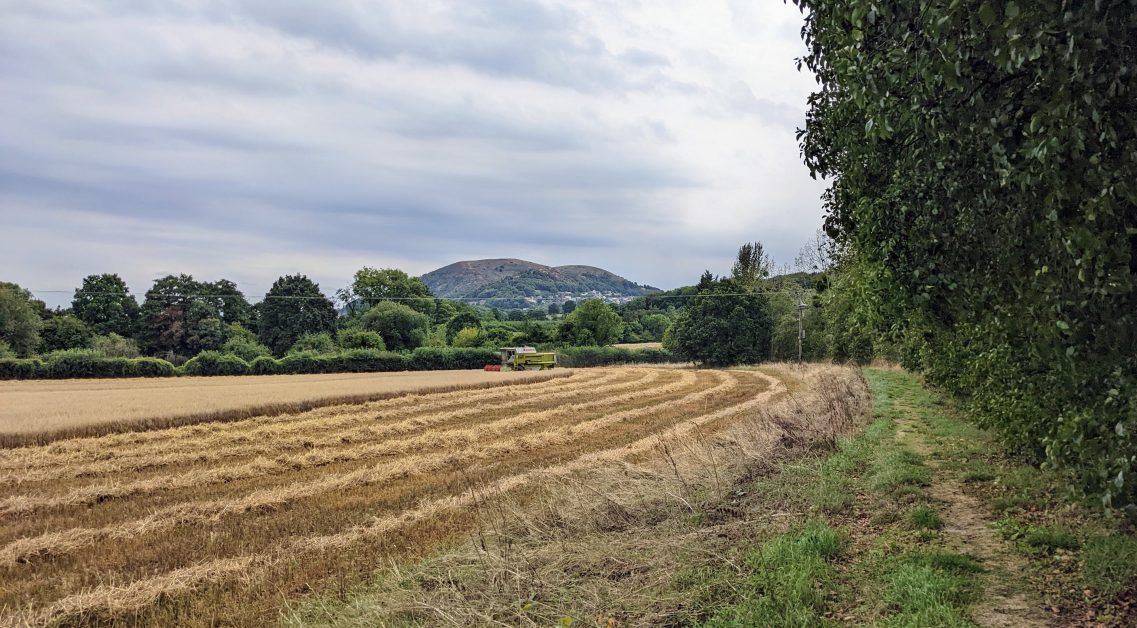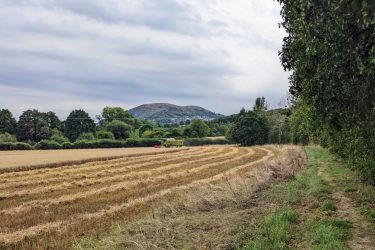It’s fair to say that agricultural carbon emissions are something of a hot topic in UK farming. The pressure to take part is becoming inescapable, whether it’s to secure contracts from buyers and sellers or money from funders. But does this system have practical implications that will benefit your business, beyond the basic-yet-pressing issue of reducing greenhouse emissions?
What is carbon footprinting, anyway?
Put simply, carbon footprinting is a way to measure the greenhouse gas emissions that arise when farms grow food or other goods. It can help farmers understand their environmental impact and identify ways to reduce it.
When we talk about carbon in farming, we mean the impact of the greenhouse gases that are produced. The main gases are carbon dioxide, methane, and nitrous oxide. They have different effects on the climate, but we use carbon as the common measure to compare their values.
- Carbon has a potency of 1.
- Methane has a rating of 28 (meaning that it is 28 times more potent than carbon).
- Nitrous oxide has a rating of 275 (275 times more potent than carbon).
Using these values, farms can calculate the quantity of carbon that would have the same effect as these gases. These are expressed as a common unit called carbon dioxide equivalent (CO2e). Often, people shorten this to “carbon equivalent.
To calculate a carbon footprint, we need to know the quantities of inputs that are used in any farm activity. These items include feeds, fertilisers, plastics, and fuels. Each will affect how much carbon, methane and nitrous oxide are released into the air.
When all items and their quantities are considered, we can add up the ratings to discover their total carbon equivalents.
Carbon footprint scores are a measure of economic efficiency
In essence, if your carbon footprint score is high, you will be running a farm that is economically inefficient. You will be spending more money than you need to create your products. You will be making items that bring you poorer returns than they could.
At its heart, this approach is all about collecting data about your inputs and outputs, and farming in accordance with sound interpretation of the evidence you gather.
Here are three examples.
- Herd health
If animals die or get sick, a farm will have a greater carbon footprint than if those animals stayed healthy. Why? Because the farm will have to put in more feed, water, time, and other resources for each animal to create that animal’s outputs (meat, milk, eggs, or offspring). Additionally, it will be productive for less time.
So, an animal that is healthy for longer is better not only for the environment but for the farm economically. Carefully mapping illnesses throughout the herd can help a farm to understand at what stage of the production cycle the livestock is more at risk. This enables them to create a strategy to mitigate problems or prevent them altogether.
Essentially, carbon footprinting can highlight herd health inefficiencies, and provide data that you can use to target, measure, and evaluate your efforts to improve outcomes.
There are carbon footprint tools available that facilitate benchmarking against industry averages. These enable you to assess how your farm measures up against others of a similar enterprise type. So, by reducing mortality rates, you enhance farm efficiency, maximise the returns on your investments, and produce less carbon. - Finishing weight targets and daily live weight gain data (DLWG)
Basically, a farm will produce less carbon and more meat if it makes its animals grow faster and bigger. So, learning how to optimise DLWG and finish animals sooner is vital for reducing your carbon footprint and optimising your production on farm.
Carbon footprint tools often show results that include your feed efficiency, or the amount of feed utilised to achieve a certain level of product. This can highlight inefficient uses of proteins or highlight whether other farms using a similar level of purchased/homegrown feeds are achieving higher daily live weight gains. These results can give your nutritionist useful alternative information to help you plan your feed regimes better. - Manure and Nutrient Cycle
Manure and fertilisers, which contain high levels of nitrous oxide, produce significant greenhouse gases if not used in the correct quantities under the appropriate condition.
Carbon footprinting assesses how much manure and fertiliser you use on your land, and how much gas they produce. It will show you how the emissions change depending on how you store and spread the manure and fertiliser.
This can help you to see your nitrogen-use trends over time and help you to decide if you need to alter how much you put on your land, and how you apply it.
Carbon footprinting – gateway to the future
Understanding your carbon footprint can tell you about farm efficiency, and it opens a new world of data analysis that can help you to manage your farm. The tools required between supplier contracts vary, but they all provide useful alternative perspectives on farming. Interpreted carefully, the data enables farmers enhance their farming methods and improve their returns.
Ultimately, carbon footprinting is not just about satisfying the requirements of others. It is the gateway to an era of ever-more accurate, data-driven farming. This will facilitate more efficient allocation of resources and improved outcomes for your business.
It requires changes of approach, but these will pay dividends. With ever improving technology to help us monitor, interpret, and deliver, they will be of great value to us.
You can access free carbon footprint audits from Promar as part of the Defra Future Farm Resilience Fund
Promar can help you to transition
In short, measuring and reducing your carbon footprint can make your farm more efficient and profitable. However, producing your initial audits can be daunting. We can support you to create your carbon footprint or assist you to interpret the results.
The Promar Sustainability Team is here to help. All our work is based on independent, rigorously tested research, to ensure that you receive the best possible advice. You can find out more about our team members here, or contact us – we are here to help you achieve your goals.
Free carbon footprinting available
You can access free carbon footprint audits from Promar. Check out the information on this page about the Defra Future Farm Resilience Fund, and click on the “Register Now” button to sign up.






